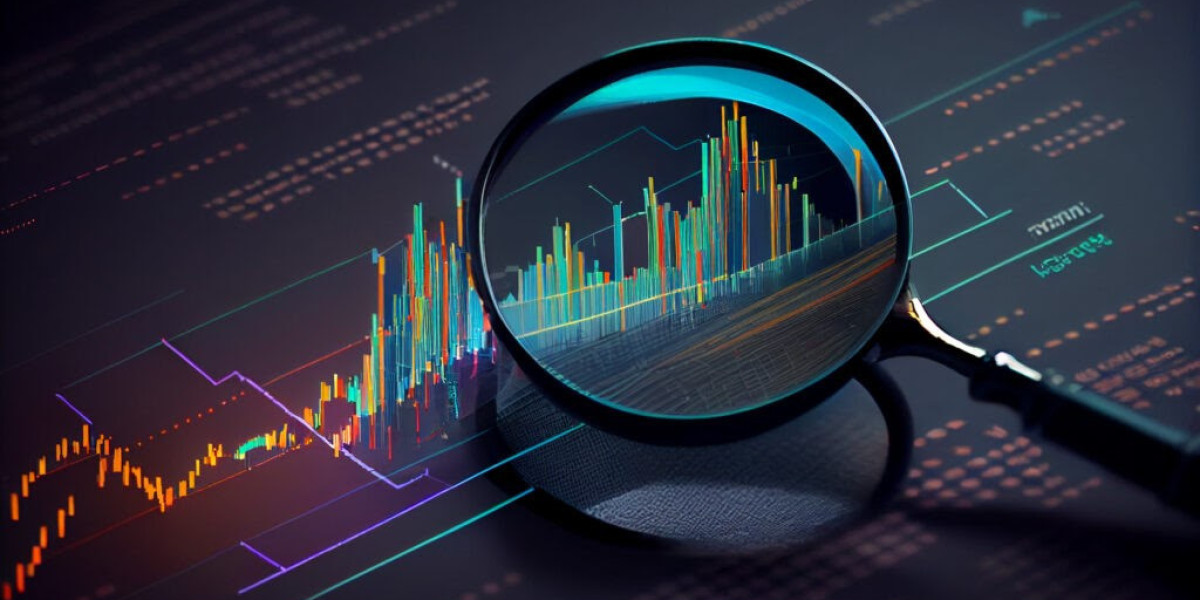What muscles are worked during pull-ups?
Pull-ups are the best exercise for the back. You can hear this description from your gym partners, or read similar information on the Internet. However, beginners are often interested in a simple but important question: what muscles work when doing pull-ups? Of course, these are the back muscles, but the back consists of many muscle segments, and in addition to it, other parts of the body are involved in the movement, which in total forces you to make incredible efforts to pull your body to the bar. Understanding the theoretical foundations will allow you to better understand how pull-ups are useful for you, because they can be an ideal exercise for eradicating your weaknesses and figure flaws.
Active muscles in pull-ups
Back: Rhomboids
A small segment of the back muscles that is responsible for bringing the shoulder blades together. When well developed, it adds depth and thickness to the back. Simply put, people with developed rhomboid muscles stand out even when viewed from behind. Their back is not flat, but embossed, which is visible even from behind. If you do not want to be a simple flat, wide-backed athlete, then you cannot do without specialized load on the rhomboids.
To make them active in pull-ups, you need to think not so much about lifting your body to the bar, but about bringing your shoulder blades together at a critical point. Mentally imagine how in pull-ups your elbows are directed not downwards, but towards each other, to a point behind your back. This will allow you to better transfer the load to the rhomboid segment of the muscles.
Back: Latissimus dorsi
The main muscles responsible for the width of your back. Unfortunately, when strained, they become flat and not prominent. In addition, they are the easiest to load. Therefore, even athletes with little experience can notice well-developed latissimus dorsi muscles, without other highlighted segments of the back. Visually, they create the width and "triangularity" of the silhouette. However, the larger the latissimus dorsi, the flatter the back looks from behind. Therefore, professional athletes try not to overdo it with the load on this area.
In pull-ups, the latissimus dorsi work mainly in the middle of the range of motion. To develop a balanced - do not keep your elbows in the same plane with the body. Try to pull your chest to the horizontal bar so that your elbows go beyond the plane of the torso. In this case, the vertical pull (pull-up) will resemble a horizontal pull, and in it the latissimus dorsi serve not as the main muscle segment, but only as an assistant.
Back: trapezius
Beginners are unable to load the trapezium on the horizontal bar. This is evidenced by thousands of street workout athletes who do pull-ups day after day, but do not have pronounced trapeziums. The technique of execution is to blame. In order for the trapezium to develop in pull-ups, you must not relax your shoulders and arm muscles at the bottom point (starting position). The hanging position on the horizontal bar is a slight tension of the shoulders and arms. The elbows are slightly bent, and the shoulders are not lowered. Keeping the shoulder girdle at one level in statics is an excellent load for the trapezium.
When doing pull-ups, the trapezius can be activated with a clever move: at the critical point, try to shrug your shoulders upward, as if you were doing dumbbell shrugs. This will give a certain load factor to this segment of the back muscles.
Back: teres major and teres minor muscles
Small "bundles" of back muscles that border the trapezius, rhomboids and latissimus dorsi. We are interested in them for their visible relief. Developed large and small round muscles of the back create a beautiful relief notch that is visible even from behind. They are active in all phases of pull-ups, so there is no need to focus on their specialized load.
Arm muscles: biceps and forearms
The best exercise for biceps? Many will answer - barbell curls or dumbbell curls in various variations. In reality, the best exercise for developing large and strong biceps is pull-ups, because the load factor is huge and incomparable with what you can hang on the barbell in regular curls. Yes, part of the load is "stolen" by the back muscles, but even despite this, the total weight for the biceps is much greater.
Therefore, pull-ups are not only an exercise for the back, but also for the arms, namely the biceps. If you are asked: what muscles work in pull-ups? Feel free to answer - biceps, and then list the various segments of the back.
Press
Correct pull-ups imply holding your legs and tensing your abs in a static mode. Otherwise, your legs will become a heavy burden that will prevent you from doing pull-ups. The ideal technique: tensing your abs, slightly twisting your body, and maintaining static tension throughout the entire pull-up approach. In this case, even your abdominal muscles will get tired just like your back muscles.
Shoulders: Rear deltoids
Any pulling movement is carried out thanks to the coordinated work of the muscles of the arms and back. However, we should not forget about the rear deltoids, which initiate the starting movement. In the hanging position, when your arms are straight, the pull-up begins with bending the elbows. It is believed that then the back muscles are involved in the movement and the person performs a full pull-up. In practice, after activating the biceps, the body uses the rear deltoids, which literally pull your body up, forcing the back muscles to work.
Many athletes perform various dumbbell swings to develop the rear delts, but they are practically useless, since the load factor there is minimal. The rear bundles need a greater load, such as in pull-ups or heavy deadlifts.
Style summary
Pull-ups involve almost all the muscles of the torso. Even the pectorals can be involved in the main movement with the help of various variations of non-standard pull-ups, for example, as they do in CrossFit. But we are still talking about classic pull-ups. They work all the muscles of the back, biceps, deltoids and even the abs. It is irrational to neglect such an exercise. Be sure to learn to pull up, regardless of your training goal.








